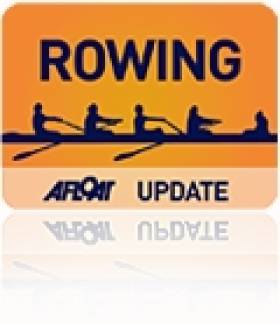Displaying items by tag: Armstrong
#Rowing: John Armstrong, who has been coaching the Ireland pararowing team, has been chosen as the new Northern Ireland Talent Development coach. Armstrong’s decorated career as a rower included a bronze medal at the World Championships in 1997 and gold and silver in World Cup regattas in 1999, all in a lightweight quadruple scull. He won eight Irish Championships as a lightweight single sculler and four as a senior single sculler. His son, Jason Armstrong, was part of the Queen’s University novice coxed four which won a dramatic final at the Irish Championships last month.
The announcement of his appointment said: Rowing Ireland is delighted to announce the appointment of John Armstrong as Northern Ireland Talent Development Coach. John will be responsible for the co-ordination and development of the Northern Ireland Rowing Talent Development programme. This will encompass the co-ordination and delivery of coaching to athletes identified as having the potential to achieve ‘podium’ success. He will have lead responsibility for all matters pertaining to the successful delivery of the Talent Development programme, which will necessitate effective partnership working with a variety of partners that will include: clubs, schools, individual athletes, coaches, service providers, parents and/or guardians.
John will take up the position on September 2nd 2013. We wish him every succcess in his new role.
























































